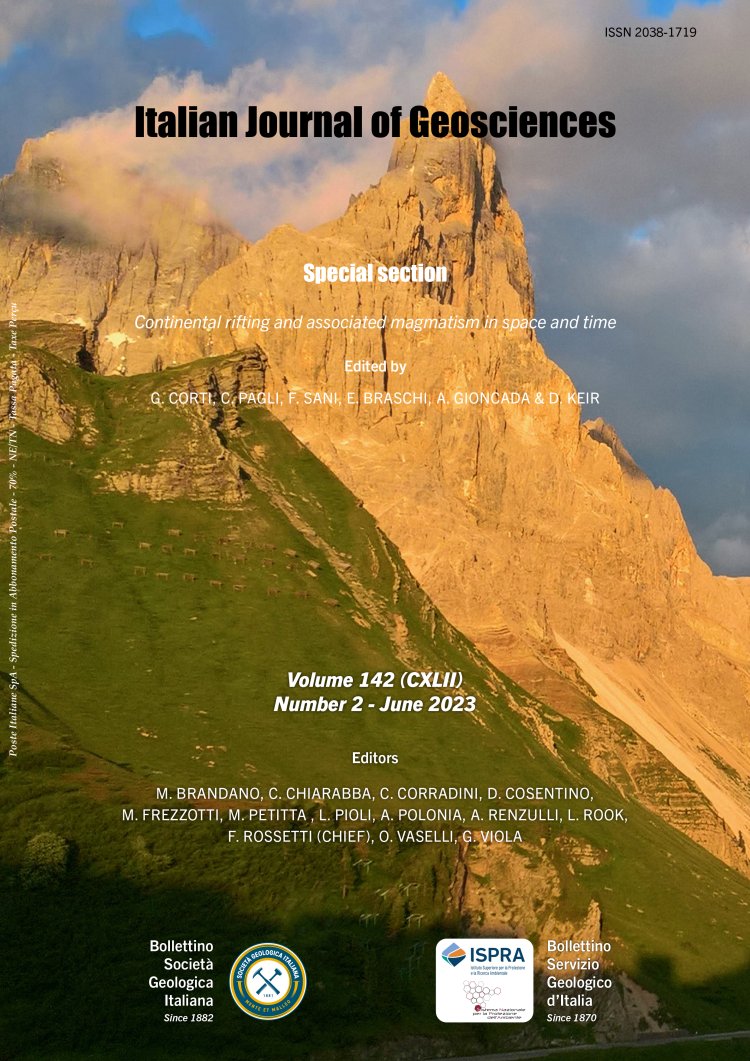
Alpine transpression in the Passo Rolle area (Dolomites, Italy): new structural and paleostress constraints
Manuel Curzi1, Costantino Zuccari1, Gianluca Vignaroli1, Sara Degl’Innocenti1 & Giulio Viola1
1Dipartimento di Scienze Biologiche, Geologiche ed Ambientali – BiGeA, Università degli studi di Bologna, Via Zamboni 67, Bologna, 40126, Italy.
Corresponding author e-mail: manuel.curzi@unibo.it
Volume: 142 (2023) f.2
Pages: 200-216
Abstract
The Dolomites geologically belong to the south-verging eastern Southern Alps of Italy. They record the effects of multiple deformation episodes from the Permian onward and thus offer the possibility to study the role of inherited structures upon the Cretaceous-Neogene Alpine deformation history. In the Passo Rolle area, Permian extension was followed by Late Triassic-Early Jurassic extensional tectonics during which the NNW-SSE striking Passo Rolle Fault (PRF) contributed to the development of horst and graben structures. The Alpine orogenesis in the Passo Rolle area was responsible for the build-up of the Pale di San Martino mountain range during ~ NNW-SSE compression. During this stage, the NNW-verging Cimon della Pala backthrust formed concomitantly with the activation of minor thrusts and strike-slip faults and the reactivation of Late Triassic-Early Jurassic extensional faults. The genetic relationships among the broad suite of tectonic structures in the Passo Rolle area have never been investigated in detail. To this end, we performed mesostructural analysis of key representative exposures to add geometric and kinematic constraints on the tectonic structures associated with the different tectonic phases registered in the Passo Rolle area. We focused on collecting fault-slip data that we used for paleostress analysis aiming at reconstructing the local paleostress evolution through time. We show that (i) the PRF zone accommodated significant Alpine transpression and (ii) the local Permian-to-Jurassic tectono-stratigraphic framework promoted the localization of Alpine deformation mostly to the east of the PRF, where a thick carbonate- siliciclastic multilayer deformed through first-order folds and thrusts. To the west of the PRF, where the Permian ignimbrite formed instead a relatively rigid and thus less deformable block, only minor thrusts and strike-slip faults formed, commonly exploiting suitably oriented inherited structures.
Keywords
Get Full Text